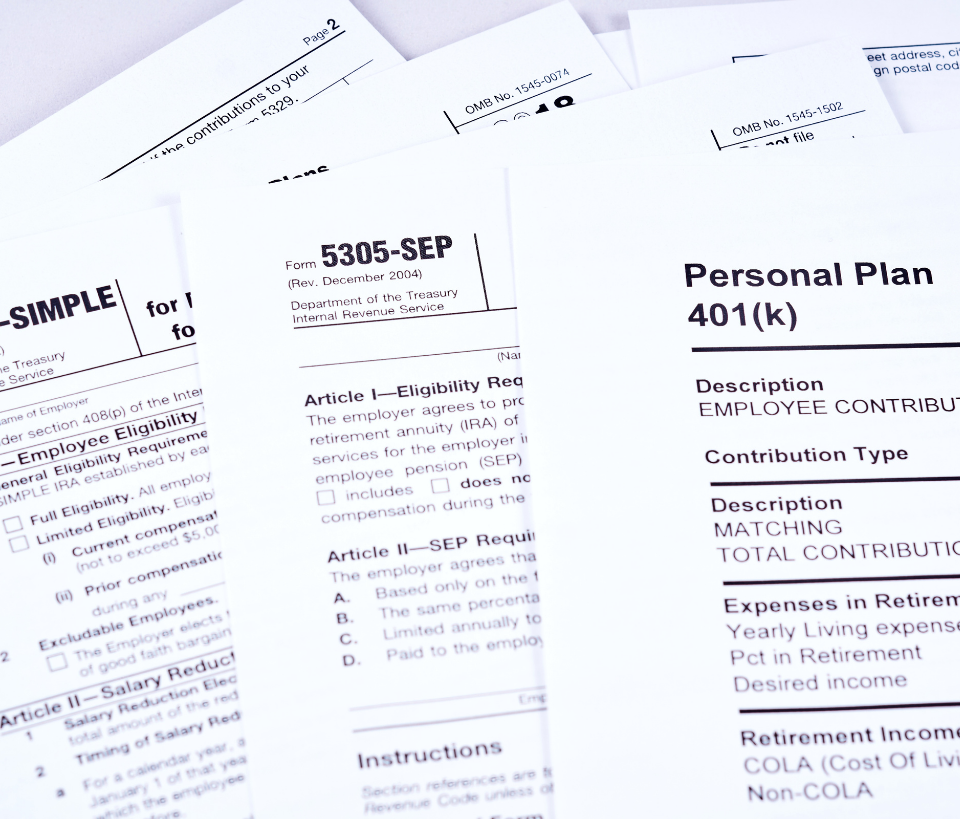How you will take your 401(k) distributions when you retire can be an important consideration in executing your post-retirement plan.
We all look forward to the day when we can finally kick back, relax and collect our carefully-planned and hard-earned retirement savings. But rushing into withdrawing your retirement funds could cost you a great deal of money in taxes. That’s why planning now for that day is so important.
If your employer requires distribution of your 401(k) plan funds when you leave employment, rolling them over to an IRA may be your only option for avoiding unnecessary taxes. A lump sum distribution directly to you will probably bump you into a higher tax bracket.
Some employers, however, allow retirees to leave those funds in the company’s 401(k) plan. Given the option – leaving your money in the plan or rolling it into an IRA – which do you choose?
Money left in the 401(k) has the opportunity to continue to grow tax-deferred. You remain subject to the rules of the plan and the investment options offered, and to any changes the employer makes to the plan after you retire. Money in your 401(k) account is protected from creditors in a personal bankruptcy or lawsuit. If you die, your beneficiaries have to take a lump sum distribution.
Despite the ease and attraction of leaving your money in your 401(k) plan, if the plan has limited or poor investment choices, you may want to opt for the rollover.
Rolling your 401(k) savings into an IRA allows you to continue investing and growing your assets tax deferred. It also gives you more control over when and how to invest your money and, to some extent, when you take distributions. If you have multiple qualified plans (for example, accounts at several different employers), consolidating them into an IRA can not only make them easier to manage but may help you qualify for discounts when investing. If you die, distribution of IRA funds to your beneficiaries may be spread over several years. However, funds in your IRA have limited protection from creditors.
You should note that rollovers to an IRA from other qualified plan accounts are best made directly to avoid incurring any penalties or additional taxes. If you are under age 59½, you will be subject to a 20 percent automatic withholding for income tax plus a 10 percent penalty. Withdrawn funds must be in the new account within 60 days, or the amount you received will be taxable.
If you had not turned 70½ by the end of 2019, you are not required to take distributions from a 401(k) or traditional IRA until age 72. The benefits of tax-deferred compounding usually make it advantageous to access these accounts after using funds from other accounts. Required minimum distributions – the amount the government makes you take out of qualified plans after age 72 – cannot be used as contributions to another qualified plan. Roth IRAs have no required minimum distributions.
No matter which method you choose for taking distributions from your 401(k) during retirement, the key is to stick to your investment plan and make sure you’re choosing the most appropriate method of withdrawal. Your financial professional can be an important resource for helping you make those decisions.
Securities offered through Securities America, Inc., member FINRA/SIPC. Advisory services offered though Securities America Advisors, Inc. Hunt Country Wealth Management and Securities America are separate entities. Securities America and its advisors do not provide tax advice. Please consult with your tax professional regarding your individual situation. Written by Securities America for distribution by Hunt Country Wealth Management.


